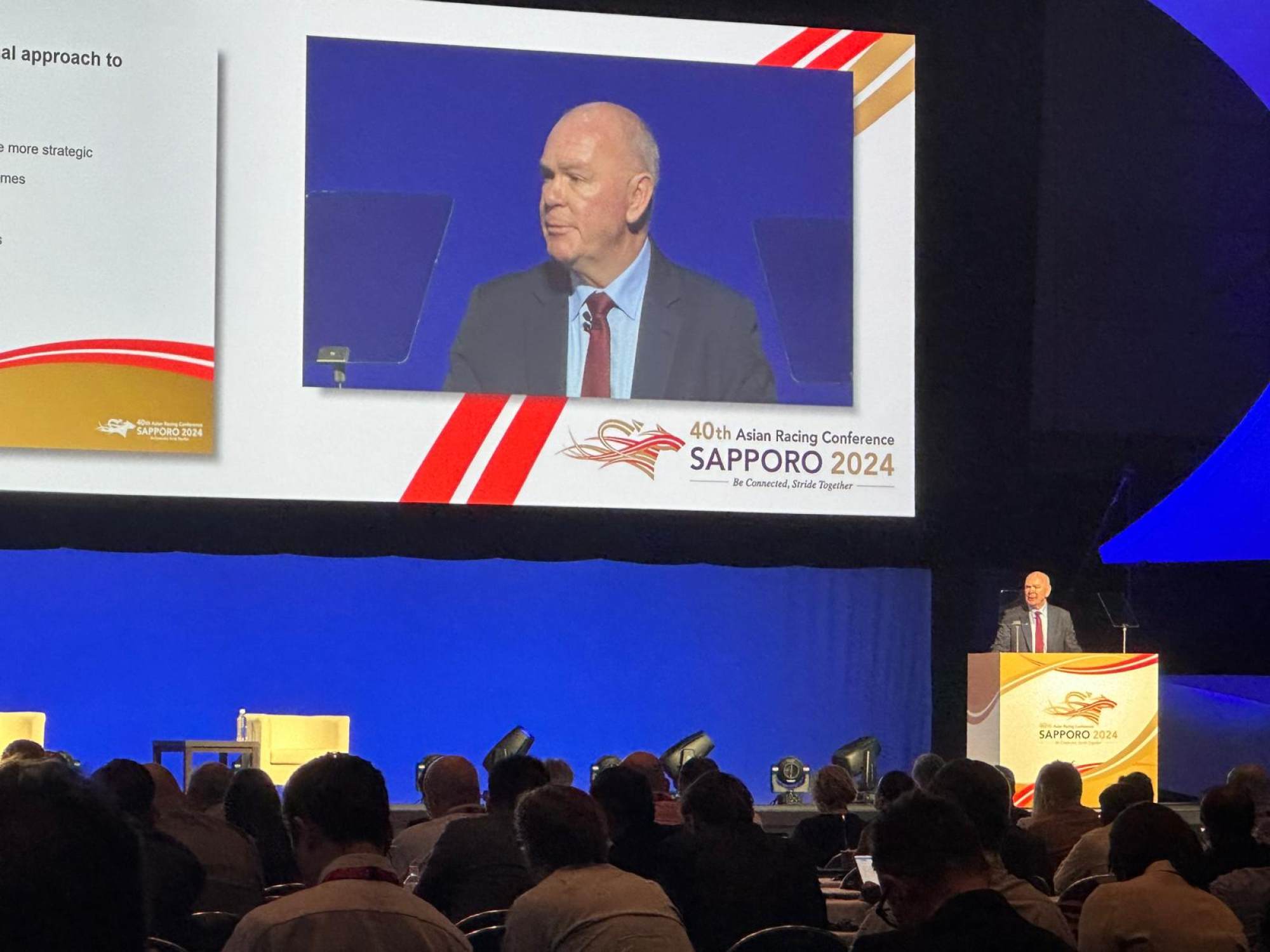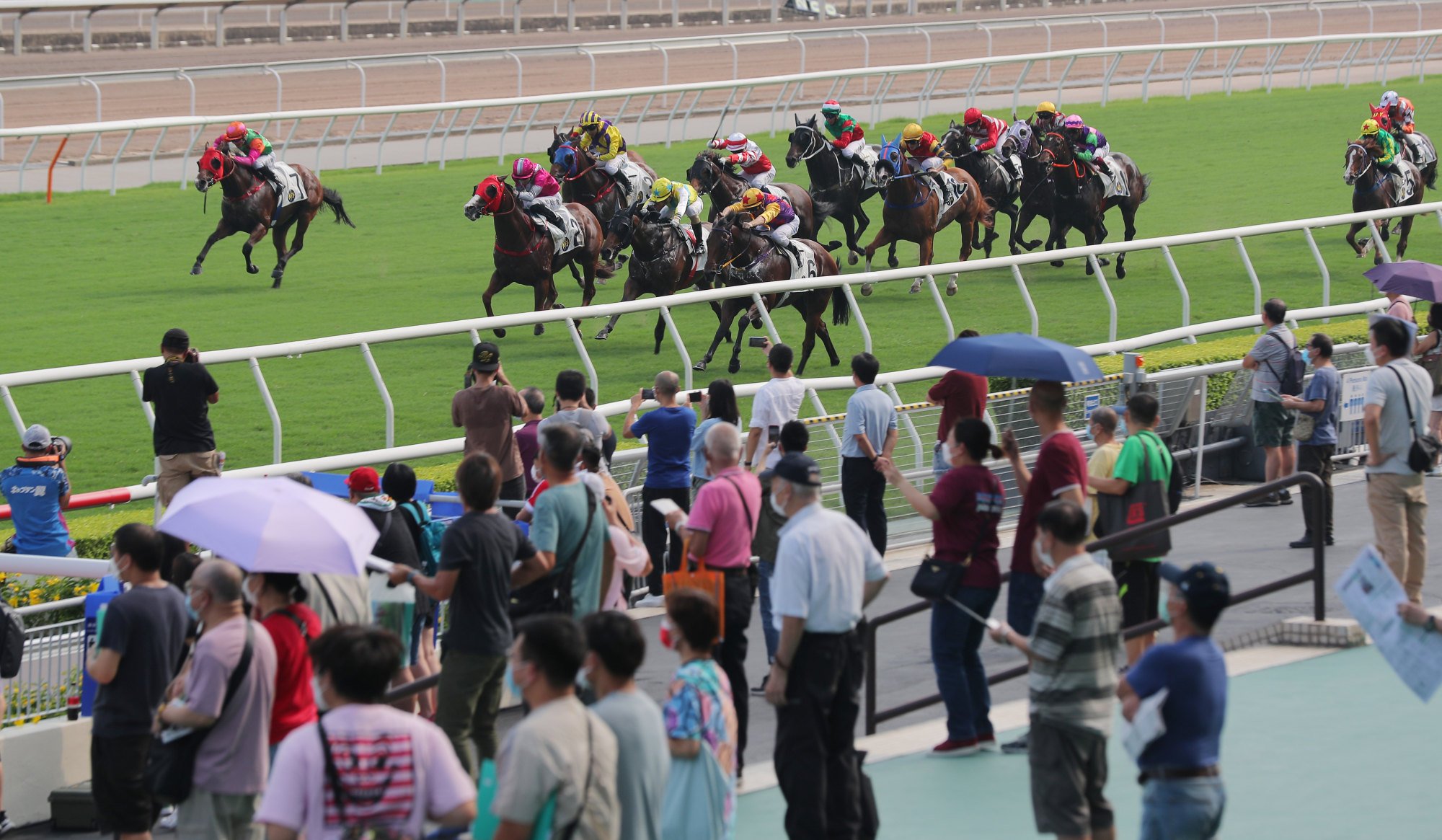Veteran racing regulator Jamie Stier has urged racing bodies to use science to tackle “the single biggest global challenge the industry has faced” – horse welfare.
Speaking on the final day of the Asian Racing Conference in Sapporo, Stier – former chief steward of the Hong Kong Jockey Club – declared that without real strides forward in equine safety, “we will struggle to enhance our public dialogue to enable us to improve the wider community’s perception of the sport”.
“It is critical for racing that future research and scientific and technological developments translate into real benefits in equine safety,” said Stier, the chairman of the International Federation of Horseracing Authorities Horse Welfare Committee.
“For a growing number of people the use of any animal in a sport is no longer acceptable. And this means that the spotlight will increasingly shine on what our industry is doing to protect our horses.

“That spotlight is never greater than when a horse breaks down or collapses in the home straight of a Group One race.
“Despite our concerted efforts to better understand a range of catastrophic injuries, it remains the case that often we just don’t have enough high-quality evidence to be able to predict when such incidences are likely to occur.”
Stier outlined four areas he believes racing can use science to achieve tangible progress in tackling the likes of fractures and sudden death, calling for “more targeted investment and an international approach to research”.
He said racing must dedicate the funding required to allow researchers and scientists to play a more holistic role in the process by “assisting regulators to develop new systems, protocols and policies, or helping trainers implement new training methods that reduce injury risks”.
Researchers could help regulators frame achievable goals, Stier said, allowing the sport to prioritise safety improvements while managing the expectations of participants, the broader public and government.
Stier believes reputable scientists should be used to publicly support racing in times of crisis and help the sport communicate more clearly by “demystify the science”.

“My view is that racing needs more assistance from researchers to make sense of the information and data that is provided to us,” he said.
“The messages the industry conveys, backed by science, must be easily understandable to [the general public].
“Scientists can lend substantial credibility, especially when public discourse around equine welfare is, more and more, driven by emotion and fearmongering rather than facts.”
Much of Friday’s morning session in Sapporo centred around how racing can be better at conveying its message to those outside the bubble.
“I am confident that we can work more effectively with researchers to help racing change for the better and, with it, enhance the public perception of our sport,” Stier said.
“I keep coming back to authentic communication. I think we need an independent person – someone from outside that has the credibility behind them – to be the key communicator. People don’t want to hear from the likes of me saying horse racing is great.”
















